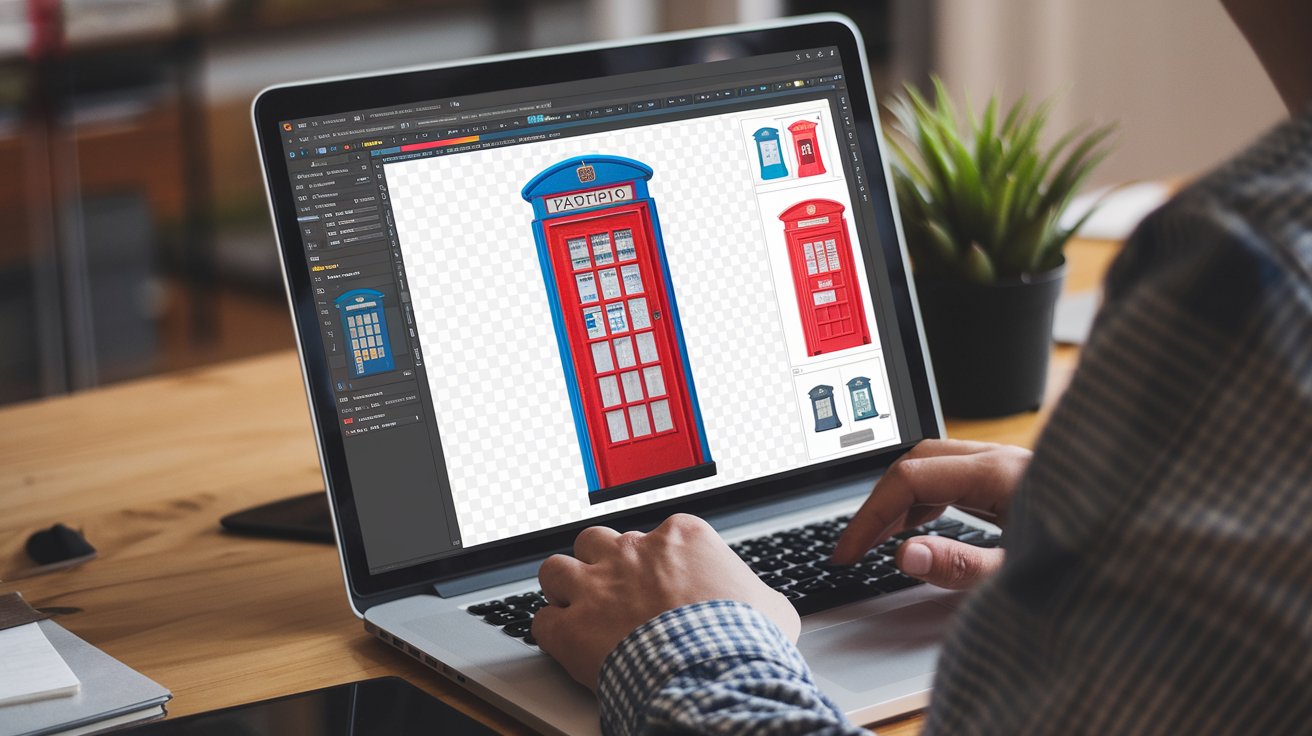
More individuals and businesses are taking a closer look at blockchain. What used to be a term mostly heard in cryptocurrency discussions has now evolved into something much broader. At its core, blockchain is a digital way to record information that makes data manipulation almost impossible. That alone makes it a strong candidate for improving how we manage transactions, store sensitive data, and maintain public trust.
Companies in various sectors—healthcare, logistics, finance, and even voting systems—are testing or adopting it. With its transparent, secured, and structured method of storing records, blockchain brings in a different level of reliability.
Understanding Blockchain and How It Works
Blockchain is a chain of blocks—hence the name. These blocks hold information, typically about transactions. Once a block is full, it is sealed and linked to the previous block through a digital fingerprint called a “hash.” This hash is unique, and if someone tries to alter a block, the hash will also change. That makes tampering highly noticeable.
Each new block contains the hash of the one before it. This builds a timeline of data entries that can’t be changed without affecting the entire chain. If someone tries to modify even a single block, every other block that comes after must also be altered. In most systems, that is close to impossible without being detected.
This structure creates trust in the system, especially in scenarios where there’s no central authority.
Advantages That Drive Blockchain Adoption
More businesses are exploring blockchain because of its tangible benefits:
- Improved security – Data stored on a blockchain is encrypted and distributed. No single point of failure exists, unlike traditional databases.
- Openness – With public blockchains, every participant can view the transactions. This transparency builds credibility.
- Direct processing – Transactions are executed peer-to-peer, meaning there’s no need for third-party verification in many cases.
- Cost efficiency – Removing intermediaries reduces transaction fees and service charges.
These features don’t just benefit large corporations. Smaller businesses can also find value in using blockchain to protect records, automate contracts, or manage digital assets.
Key Challenges Still Remain
Despite its many strengths, blockchain technology still faces real-world issues. Adoption has been steady, but not without hesitation from governments and industries.
Energy Use
One of the most common criticisms is its high electricity consumption, particularly with networks like Bitcoin that rely on mining. Mining requires solving complex problems to validate transactions, which consumes a large amount of power.
Legal Differences
Laws surrounding digital currencies and blockchain differ from one country to another. In some places, blockchain is supported through incentives. Elsewhere, it faces tight restrictions. These varying rules can slow down the global expansion of blockchain systems.
Technical Complexity
For those unfamiliar with the technology, blockchain can be difficult to understand and implement. It’s not yet something that anyone can use straight out of the box. That learning curve prevents many businesses from integrating it into their operations.
Frequently Asked Questions
Is blockchain public or private?
It can be both. Public blockchain systems allow anyone to read and add transactions. Private blockchain platforms, however, are limited to selected members and are often used within businesses or institutions that require tighter control.
Are cryptocurrencies the same as blockchain?
Not exactly. Blockchain is the underlying framework that allows cryptocurrencies like Bitcoin to exist. Cryptocurrency is just one of many things blockchain can support. Other uses include storing contracts, managing voting systems, and verifying documents.
Real-World Uses in Different Industries
Blockchain has already made its way into many sectors. Below are examples of how it is used outside of digital currency:
- Finance
International money transfers that used to take days can now be processed in minutes. Blockchain eliminates the need for many middle layers, which reduces costs and processing times. - Supply Chain
Companies use blockchain to track products from origin to final delivery. Every movement gets recorded, reducing counterfeit items and improving traceability. - Healthcare
Medical institutions are exploring blockchain to store patient records. Once stored, these records are protected from unauthorized changes and easily shared between facilities when needed. - Voting
Some governments and institutions are testing blockchain-based voting systems. These systems provide added security and ensure that votes are counted correctly. - Digital Ownership
Artists and creators use blockchain to secure digital rights through tokens that act as proof of ownership. These are already being used to verify artwork, music, and other intellectual property.
Strengths and Weaknesses in Focus
What Works Well
- Transactions are verified without central control, making processes more direct.
- Data stored on decentralized networks is harder to manipulate or hack.
- Time and resources are saved once the system is in place.
What Needs Attention
- Power usage needs to be addressed, especially as environmental concerns grow.
- Rules around blockchain and digital assets remain unclear in many places.
- The learning curve for newcomers is steep, especially without technical knowledge.
How Blockchain Can Shape the Future
More organizations are now creating systems that rely on blockchain. From small start-ups to global corporations, the idea of a shared ledger that is resistant to tampering holds strong appeal.
Imagine an artist getting paid automatically every time their work is sold online. Or a shipment tracked in real time from the warehouse to the customer. These are not distant ideas—they’re already happening.
Blockchain also introduces a new way of thinking about ownership. In the art and music industry, for example, creators can issue digital tokens that prove who owns a work. This minimizes disputes and ensures that income goes to the rightful person.
These use cases are only growing as the technology improves. Education, transportation, government, and identity management are just some of the fields now looking into blockchain’s potential.
Choosing the Right Platform for Your Needs
Before integrating blockchain into any project, it’s important to consider a few practical aspects:
- Transaction Speed
Some platforms are built for fast transactions, while others prioritize security. Choose based on the scale and urgency of your needs. - Fees
Gas fees or transaction charges vary. Some networks offer lower fees, but may sacrifice speed or security. - Security History
A platform with a clean security record will be more trustworthy than one with past vulnerabilities. - Community and Support
Check if there’s an active developer network. A strong community means updates are frequent and help is more accessible.
Taking the time to compare platforms before building on one can help you avoid costly mistakes later.
Blockchain is proving its worth in real-world applications beyond just cryptocurrencies. With careful use, it has the potential to improve the speed, safety, and reliability of various systems we rely on every day.
Though there are still challenges, the growing number of real-world use cases indicates that it’s not a passing trend. It’s a tool that, when applied with purpose, can lead to better systems, stronger data protection, and improved workflows.
As the world continues to adopt new digital solutions, blockchain stands as a promising piece of the puzzle.


No Comments